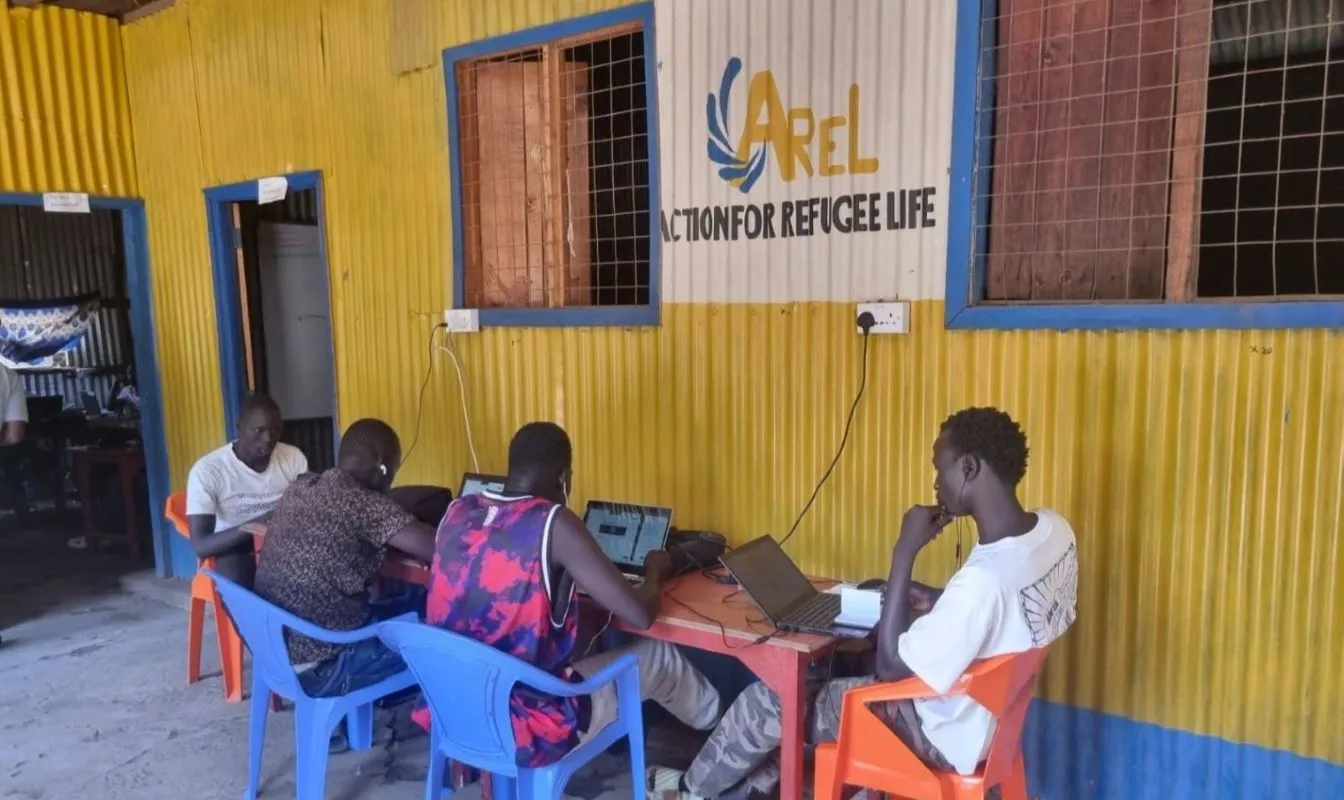The adoption of emerging technologies and associated new business models has had a big impact on the world’s workforce. This column examines two challenges facing governments in the Global South: first, how to find a middle path in which regulation affords rights and protections to workers without causing the flight of digital platforms; and second, how to make workers ‘future-ready’ so that they are able to demand decent work.
Emerging technologies have the potential to transform the way we work, live, and play. The past carries an abundance of examples of how technologies have shaped our current work and society. With the adoption of electricity, manufacturing became more decentralized, allowing smaller firms to grow. With the higher usage of computers and the internet, globally connected organizations communicating asynchronously have become commonplace.
However, the adoption of new technologies introduces new risks. Electricity allowed the extension of working hours beyond reasonable limits; and an increase in time spent on solitary activities facilitated by computers and the internet is often associated with negative effects on wellbeing.
The World Economic Forum argues that ‘Industry 4.0’ technologies differ from previous innovations in that they are exponentially rather than linearly disruptive. The rate of disruption is so extreme that the prevailing narrative seems to be ‘jump on the new bandwagon or be left behind’. This applies to economies, organizations, and workers.
Digital platforms are an example of such disruption. New business models have transformed industries such as ride-hailing and food delivery, creating new opportunities for work.
New businesses are particularly powerful in economies with a high level of structural unemployment, and where workers are desperate to earn a living and lack social protections. Digital platforms create a large number of work opportunities, attracting workers regardless of the quality of work offered.
In the Global South, workers have limited access to information and communication technologies, low digital literacy, few opportunities to ‘reskill’ or ‘upskill’, and no safety net to fall back on. Considering these challenges from a worker’s perspective, jumping on the bandwagon is a necessity for survival, even if it is at the cost of their health or longer-term prospects.
When taking on new types of work, workers need to navigate the new risks that accompany such work. As workers on digital platforms are considered to be the self-employed bosses of their own businesses, they are not guaranteed income stability.
For workers who have the skills to negotiate a high rate and the financial literacy to save for the future, the new arrangements offer flexibility with stability. But for many workers in the ‘gig economy’, the lack of income stability, the lack of protections offered by digital platforms, and the lack of long-term skills development have left them in a precarious situation.
For policy-makers the task is complex. In terms of short-term measures that can have an immediate impact, governments will need to consider how best to regulate the gig economy. From a long-term perspective, governments will have to consider how to make workers more ‘future-ready’ so that they are able to negotiate decent work.
Exploring the short-term strategy in more detail, over-regulating economies that have already been ravaged by the pandemic would take away work opportunities, leading to an increase in unemployment and under-employment. This would be counterproductive for workers themselves.
However, under-regulating would allow large digital platforms to exploit the precarious labor markets already prevalent in the Global South. Enabling them to lower wages, increase control, and remain unaccountable for harsh working conditions. Such practices would create a future misalignment with Sustainable Development Goal 8: Promote sustained, inclusive, and sustainable economic growth, full and productive employment, and decent work for all.
Policy-makers will have to find a middle path that allows workers to engage in the gig economy while providing them with rights and, most importantly, a social safety net protecting them from poverty.
The Code on Social Security 2020 is an attempt by the Indian government to find a middle path. Its intent is to offer a safety net to workers in the gig economy without reducing the opportunities created by digital platforms. While the code is far from ideal and its effective implementation is yet to be seen, it is an acknowledgement that policy-makers are exploring creative ways to provide gig economy workers with better rights and protections that do not lead to the flight of digital platforms.
Prior to such regulation, most of the push for legislation and rulings has been focused on redefining the relationship between digital platforms and gig economy workers. While solutions in which workers must be treated as employees have the clear intent of improving conditions, in certain cases, they have proved to be counterproductive and/or difficult to enforce beyond a single case. In some cases, digital platforms have reacted to regulation by pulling out of some countries – leaving many gig economy workers displaced and governments faced with the difficult task of creating new opportunities.
However, if a strong regional position is taken, digital platforms may have no choice but to accept new terms. For example, as a result of a new European Union (EU) plan focused on improving the rights of gig economy workers, it is expected that over 4.1 million people working for ride-hailing and food delivery apps will be reclassified as employees.
With countries in the Global South lacking a collective voice like the EU, and with many governments struggling to create jobs for their large working-age populations, such an approach is difficult. Fragmented decisions taken by individual countries reduce the power of policy-makers, shifting it to the digital platforms which can threaten to take their businesses and the associated jobs to places that are less regulated. Policy-makers in each country will have to find creative solutions that help them to tread a middle path.
In terms of a longer-term strategy, policy-makers should consider how best to reform their education systems. This should involve improving access, changing the curriculum, creating better pathways from education to jobs, and promoting an ecosystem of social intermediaries and private and public sector partnerships to provide skills training aligned with the changing demands of the labor market.
In both short- and long-term strategies, there are multiple parties with skin in the game. Multi-stakeholder dialogues that include a variety of perspectives can be a useful approach for designing effective policies.






